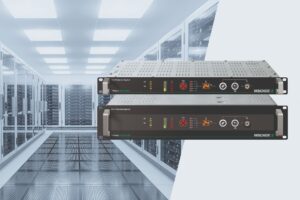The unfolding climate change crisis has the planet in a stranglehold. How did we get here? What can we do to stop the relentless march of wildfires?
Wildfires are some of the biggest threats to the human world that can come from mother nature. Something as small and insignificant as a lit cigarette can be the cause of an uncontrollable blaze that stretches for miles, causing immeasurable damage to crops, nature and man-made infrastructure. Since records began in 2003, wildfires have become increasingly commonplace and violent due to the ongoing climate change crisis. Fire services across the globe are beginning to feel the effects of this wildfire epidemic and are spread thin in both manpower and resources as they struggle to keep up with this new demand. But as the famous saying goes, it is important to know your enemy to begin to understand the signs and conditions necessary for a wildfire to break out. It would be unrealistic to assume you can stop them all, but understanding how to effectively contain one to ensure it does as little damage as possible is necessary to keep people safe from them. Climate change isn’t going anywhere anytime soon and so we as a society must come to terms with our changing world and adapt.
Wildfires can occur in any place in the world so long as three criteria are met, known colloquially as the “fire triangle” – there must be a source of heat, a source of fuel, and sufficient oxygen for one to take hold. These prerequisites can be met in most of the natural world save for the few areas which see extreme cold, such as at the poles. Once a fire takes place, it can be hard to stop: dry vegetation such as leaves or grasses are the perfect kindling to initiate a wildfire, while evergreen trees such as pines contain natural oils that are very flammable. With such a dense and rich resource available to the fire, it is very easy for it to begin running rampant. Other natural variables such as wind play a huge role in the spread of wildfires, and even a light breeze can be sufficient to cause spread. While this has the obvious long–term effect of damage to wildlife, the environment and local settlements, it can also have more insidious effects. It is theorised that nearly 20% of the world’s carbon reserves can be found in trees: when carbon burns, it releases carbon dioxide into the atmosphere. Misery loves company – this pollutes the air and creates a deadly greenhouse effect which in turn heats up the surrounding area further, allowing for easier conditions for further fires to start.
To read the rest of this feature, see our latest issue here.
Never miss a story… Follow us on:
International Fire Buyer
@Firebuyer
Fire Buyer
Media Contact
Louis Curtis
Editor, International Fire Buyer
Tel: +44 (0) 1622 823 922
Email: [email protected]




































